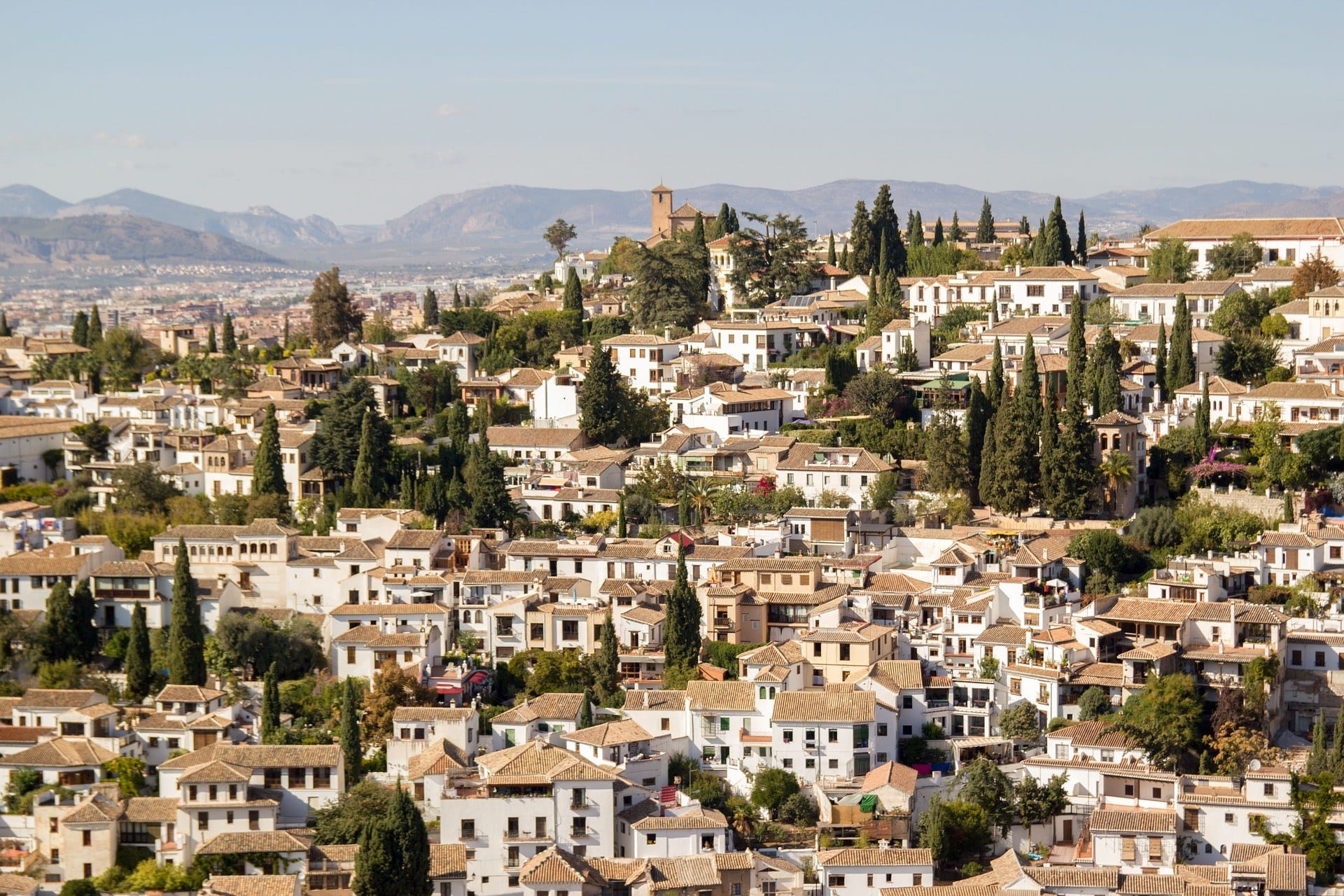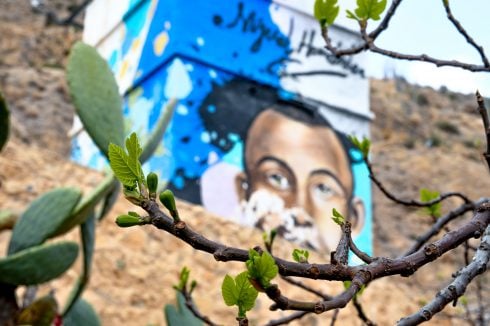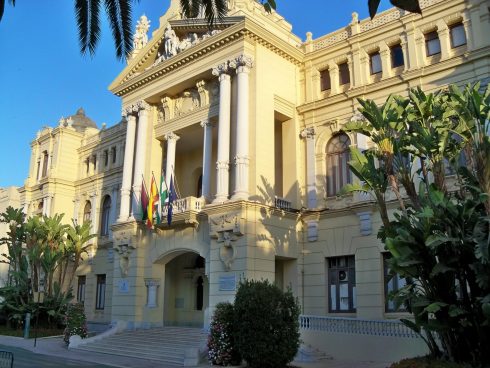SPAIN’S largest earthquake of the year was reported just a few weeks into 2021, in the Andalucian city of Granada on January 26.
As far as earthquakes go, it was relatively unremarkable. There were no buildings turned to rubble, no plumes of smoke in the sky, no injuries or deaths.
Instead it was a series of tiny rumbles, ones that saw tabletops shake and books to fall from shelves. Some buildings reported cracks forming like spiderwebs on the walls.
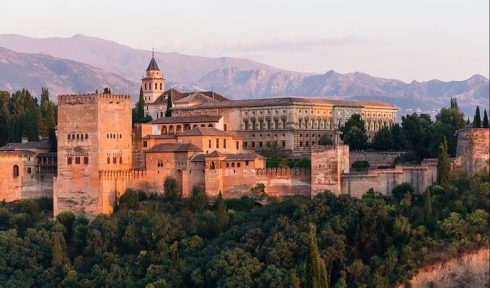
The streets were not covered in ash, instead it was people that shrouded the cars and streets lying below the shadow of the Alhambra.
Residents started to pour out of their homes shortly before curfew at around 9pm and despite COVID restrictions they lingered on the streets long after dark.
“Some people had tents and were prepared to sleep outside, others wanted to stay up all night,” said Archie, an 18-year-old from the nearby Alpujarras area, studying to be an electrician at IES Hermenegildo Lanz.
He lives with his two flatmates in Chana and the three of them fled their building shortly after they noticed their chandelier start to shake.
“It was a no-brainer. Being on the street felt much safer, even with COVID no one wanted to be in their homes. Police couldn’t really do much about it, they understood how frightening it was for everyone.”
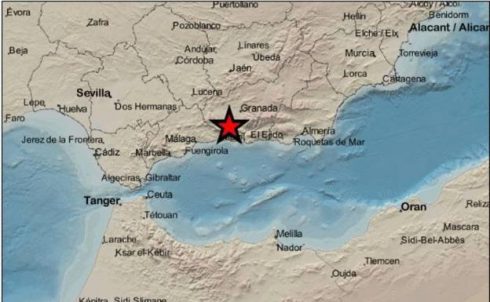
Residents desserted their properties, carrying torches and sleeping bags, but no evacuation was ordered.
The Mayor of the town, Luis Salvador, simply confirmed the city had entered a ‘state of pre emergency’ and confirmed he was in ‘permanent contact with police and firefighters’.
He tweeted on the night: “Another two quakes of 4.1 and 4.3 on the Richter scale have just occurred in less than 15 minutes.
Later he wrote:“Following on from the other two earthquakes we’ve had a third which has been longer and around the same intensity.
“There are people leaving their homes.
“Please take care around chimneys or any object that could fall onto the street.”
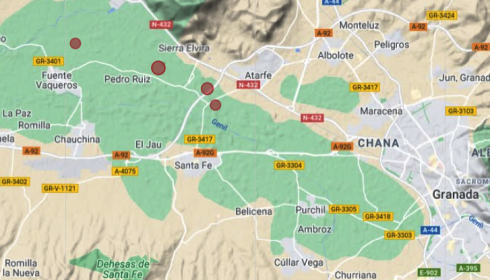
Spanish PM Pedro Sanchez said he was keeping a close eye on the situation, saying: “I understand the worry of thousands of people.
“It’s important to stay calm and follow the advice of the emergency services.
“We trust things will get back to normal soon.”
Nadja, an Erasmus student from Germany, was also not evacuated but found the entire experience ‘pretty scary and weird’.
The 22-year-old, who is studying Cognitive and Media Science, said she was initially surprised by the rumbles, having never experienced an earthquake before.
She told the Olive Press: “The first time I felt them was really surprising but there it wasn’t that strong. Then the next times were stronger and we were a bit afraid but it always just lasted for such a small time that we didn’t really react. After hearing that a lot of people went to the streets during the earthquakes we thought about doing it also the next times because our apartment was pretty old and the ceiling not very stable.”
Miguel, also a student, agreed with Nadja that while ‘nothing serious happened’ residents were coming to terms with ‘living in fear’ nearly two months on.
The 21-year-old said: “Between COVID and the earthquakes, there’s just a general feeling of uncertainty hanging over us. We’re living in fear. It’s not been too bad so far but the pace at which the earthquakes are coming is frightening.
“Who’s to say the next earthquake won’t cause some serious damage? The big one could be on its way.”
Since December 2020, Andalusia has registered an estimated 585 earthquakes in the area, of which 15 have measured 3.0 or more on the Richter scale and experts have said they can’t rule out a worsening of the situation.
The last two earthquake to rattle Granada were recorded on February 16, after 10 days of calm.
According to the National Geographic Institute, the strongest of the two tremors, at 3.5 magnitude, was registered at 11:09 am Wednesday morning with its epicentre in Chauchina (Granada).
The shallow quake meant that it was widely felt by the population of the metropolitan area of Granada, including the capital.
The tremor followed a lower intensity movement felt at 2:46am which registered a magnitude of 2.3 with an epicentre in the nearby town of Santa Fe.
Experts have blamed the recent seismic activity on the constant approximation, by four to five millimeters each year, of the Eurasian Plate and the African plate.
Spain’s last big major earthquake was in nearby Lorca in the neighbouring province of Murcia in 2011 when nine people died and dozens were injured.
Click here to read more Spain News from The Olive Press.

